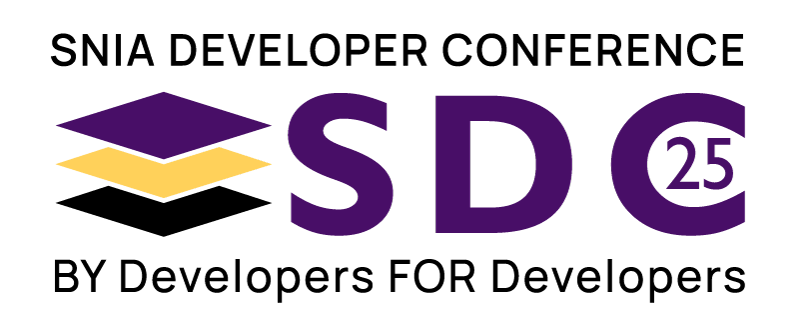SNIA Developer Conference September 15-17, 2025 | Santa Clara, CA

Principal Storage Solutions Architect,
Solidigm
Jason Molgaard has over 25 years of experience as a storage device controller RTL designer and architect having worked for various storage device companies architecting and designing HDD and SSD controllers. As a Principal Storage Solutions Architect on the Solidigm Pathfinding and Advanced Development Team, Jason focuses on future storage controller architectures and technologies, including Computational Storage and CXL. Jason is co-chair of the SNIA Computational Storage TWG and the SNIA Technical Council and is chair of the SDC agenda team. Jason was recognized by SNIA with an Exceptional Leadership award in 2020 and Volunteer of the Year award for 2023. Jason helps drive the Computational Storage standard at both SNIA and partner organizations including NVMe and OCP. Jason holds a Master of Science degree in Electrical Engineering.
0
0
0
0
0
0


